
For your fundraising success, make a plan. Work the plan.
It sounds so simple, doesn’t it? And yet a lack of clarity is one of the biggest causes of waste and procrastination in the nonprofit sector.
The writer Antoine de Saint-Exupéry noted that “A goal without a plan is just a wish.”
If you don’t know what your fundraising goals are for your organization, it’s unlikely that you’ll be able to identify and prioritize exactly what you need to work on to achieve those goals.
In 2020, the Institute for Sustainable Philanthropy, led by Dr. Adrian Sargeant, was commissioned to conduct a survey on the topic of fundraising planning. This comprehensive study indicated a powerful relationship between the degree of formality adopted in fundraising planning and all measures of fundraising performance.
These past several years have been among the toughest in history. We’ve endured a global pandemic and a harsh exposure to our country’s racial and economic injustices. Now we’re heading into a certain time of chaos, with nonprofits facing staffing challenges, declining donor retention rates, as well as skyrocketing inflation.
Distractions abound. We’ve just been through a rough year and there’s no telling what’s coming next. And I’m predicting that above all else, your commitment, focus, and mindset will be what sets you on the path to survive, thrive, and grow in 2025.
If you have any questions, be sure to check out the 2025 roster of Basics & More Fundraising classes to see how your nonprofit can build your own “donor attraction” fundraising systems to see you through any crisis. Or shoot me an email at pamela@pamelagrow.com.
Download your planner now.
How to Use This Fundraising Planner
Create a spreadsheet in Excel or your program of choice. Begin by taking a look at your funding sources from a historical perspective.
- How much have you raised in the past from individual donors? Organizations seeking to lessen their reliance on government funding, grants, or events will find that building a broad base of general operating support individual giving is wise. It starts with a strong donor communications system. If you’ve typically run one or two campaigns a year (spring and EOY), could you add in a third or even a fourth or fifth targeted appeal? If you publish a print donor newsletter, are you raising revenue with that newsletter? Well-crafted donor newsletters can bring in as much (or more) as a fundraising appeal. What are your plans for increasing donor retention in 2025? For new donor acquisition? How are you bringing back lapsed donors? Write it down!
- What are your goals for increasing your monthly giving or membership? Make it specific and make it actionable. That means “grow our monthly giving program” becomes “grow our monthly giving program by 150 new donors by December of 2025 through one direct mail appeal and three email campaigns. We’ll also test “Give Monthly” buttons in our enews.”
- Does 100% of your board contribute to your mission? If not, create a plan to make it happen.
- A big question going into 2025 will be how your events fared in 2023/2024. Some organizations saw tremendous success going virtual. For others, virtual events were a disaster. What plans do you have in place for stewarding event attendees and converting them into donors? Write it down!
- Now let’s turn to grants. Consider active foundation grants and opportunities in 2025. Focus primarily on general operating support. If you’re a Development Department of one, you’ll find grants can take over your life. If you can’t focus on general operating support grants (easier to administer), you may want to consider outsourcing. Finding grants for general operating support requires a strong case for support.
- Now you’ll factor in any state or federal government grant funding.
- Most of the time we think of business donors in terms of sponsorships. However, you’ll also want to consider separate appeals to businesses within your community.
- In “Other,” you’ll turn your attention to strategies such as earned income. That includes your thrift shop, book sales, eBay sales, branded merchandise, and the like.
When I’m working with clients and students on developing their plans, I like to include both a written plan that emphasizes our missions and values (for example, you should have a solid gift acceptance policy in place), and typically an Excel document where you can lay out the strategies, costs, and anticipated income.
Assess your fundraising infrastructure. If you’re planning on increasing your digital fundraising in 2025, you’ll want to budget for that. Strong online fundraising requires strong systems. If you’re cobbling together too many systems, you won’t be serving your donors or your organization well. Do you have a donor database and written protocols? Does your website need to be updated? Will you be making any new hires? Real fundraising, the sustainable kind, requires investment.
As a sector, we’re often (always?) “Tripping Over Dollars Picking Up Pennies.” Your leadership needs to understand that numerous research indicate that multichannel campaigns are key to growing your donor base. An investment in direct mail and donor care will yield solid returns. Particularly for small to mid-sized community-based nonprofit organizations.
You’ll want to include your goals and objectives for the year. This includes fundraising targets.
Now you’ve got a plan for growing your fundraising in 2025, and the strategies to do it. You’ll want to include written plans for your organization’s non-financial goals.
What do I mean by non-financial goals?
- Did you resolve to greater diversity in your board and staff? It won’t happen by osmosis. You need to plan for it. If your organization need anti-racism training, we can provide you with qualified consultants.
- How is your nonprofit attracting new donors and partners? Make a plan and invest in acquisition (and donor care).
- Does it make sense to outsource? Time is money. If your development director is spending time wrestling with your local print shop trying to figure out why your Canva files won’t work, maybe it makes sense to hire an actual designer for that job. Similarly, if your “one-person” development department is spending 80% of her time on grants when your goal is to grow your individual giving program, outsourcing may be the answer. If you’re short-staffed, we will be offering a new fractional fundraising program in 2025.
- Is your organization’s culture a healthy one? If not, create a plan with documented steps to get there.
Remember, you’ll want to keep your plan front and center always. Modify it as needed. When an “opportunity” falls into your lap, consider how it fits into your plan and if it truly is an opportunity. Time is money. And go for big goals in 2025.
You’ve got this!

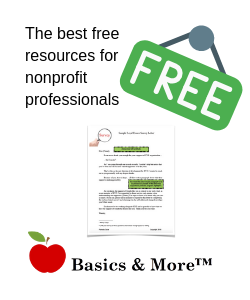
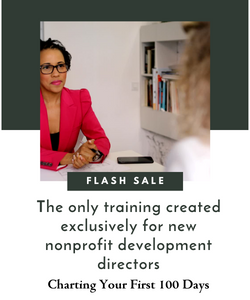
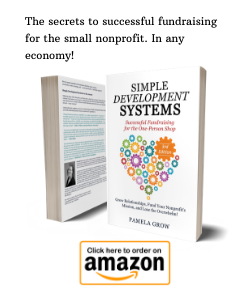
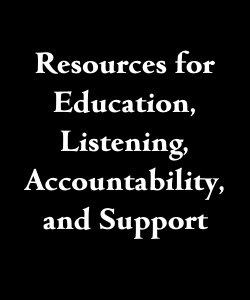
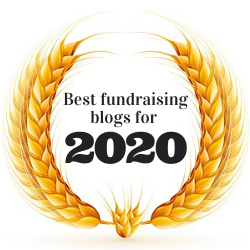
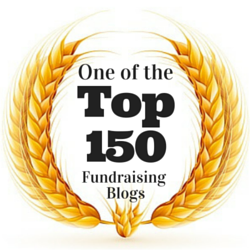
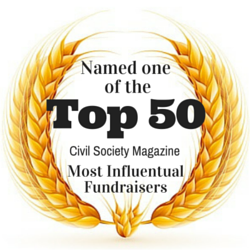
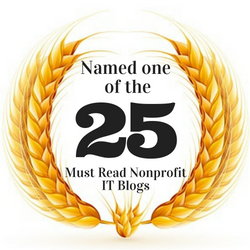
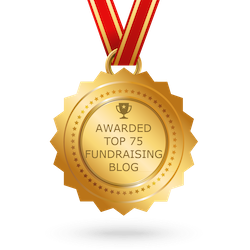
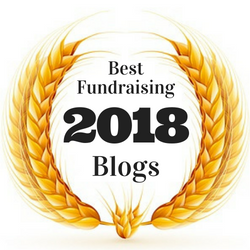
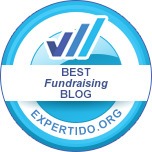
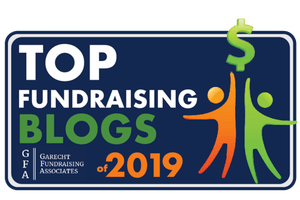
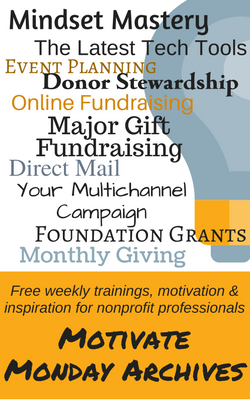

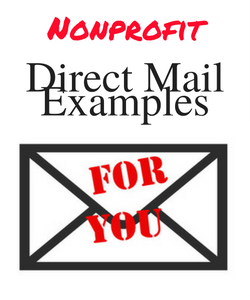
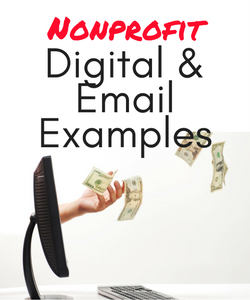

 I can’t wait to meet with you personally.
I can’t wait to meet with you personally.
Comments on this entry are closed.